News and Events
News and Events
News and Events
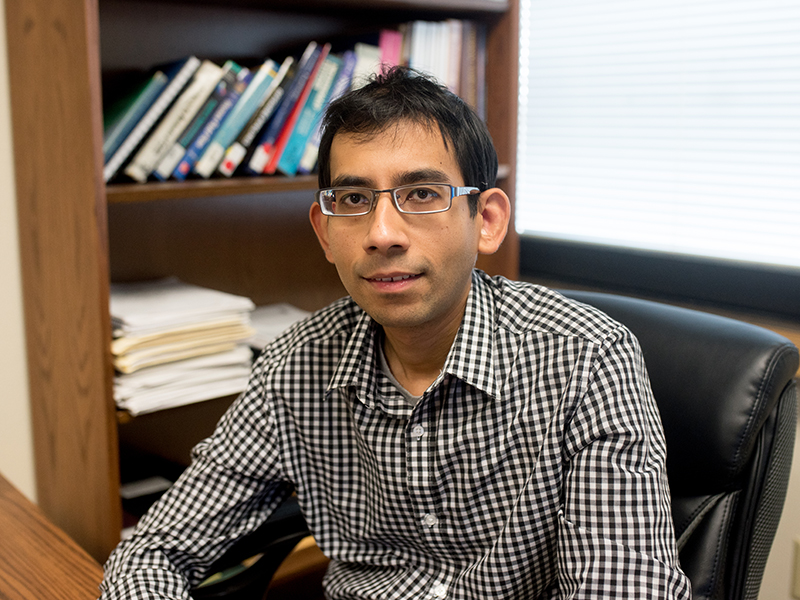
- Details
Dr. Vaibhav Bahadur, an affiliate member of the Texas Materials Institute, has recently published in the Chemical Engineering Journal on a practical and cost-effective way to sequester CO₂ on the seabed. Bahadur, along with his co-authors Mark Hamalian and Karey Maynor, have studied a new method for carbon storage that uses tiny bubbles of CO₂ to form hydrates instead of simply injecting the carbon into underground reservoirs, as is currently done.

- Details
Defects are unavoidable in real materials and can strongly influence properties such as electrical conductivity and electron dynamics. Until now, researchers had to rely on rough approximations to describe the scattering of charged defects, which limits the understanding and predictions of materials’ properties. Yuanyue Liu’s group at TMI of UT Austin recently developed a new way to accurately predict how charged defects in crystals scatter electrons.
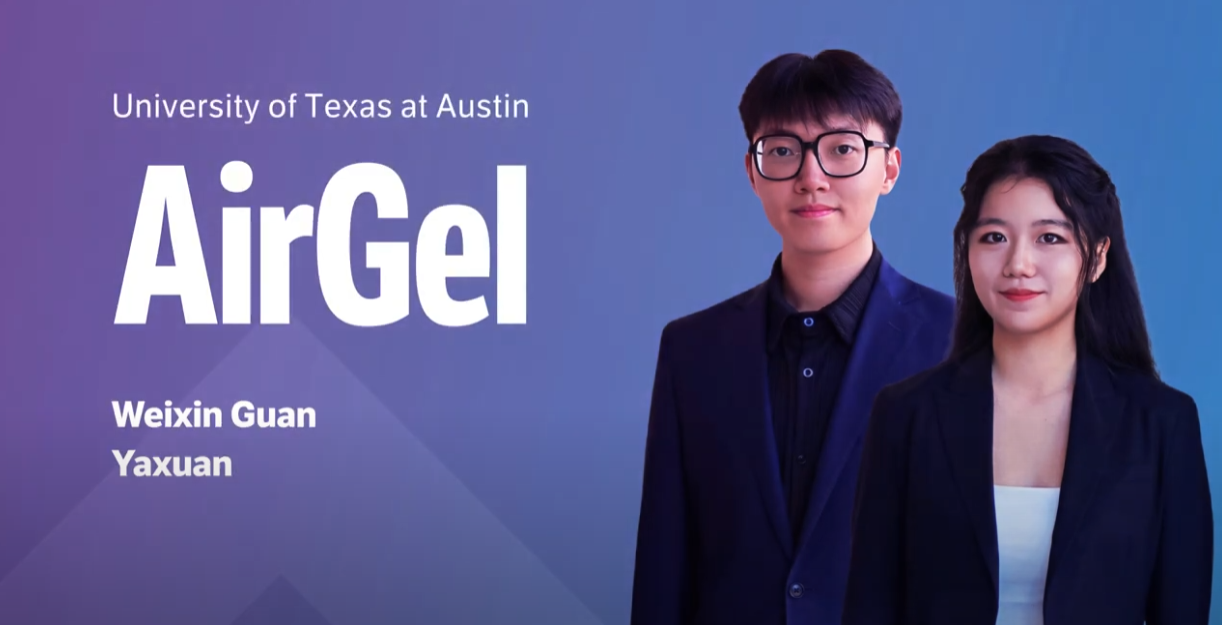
- Details
Weixin Guan and Yaxuan Zhao, Materials Science & Engineering graduate students with the Texas Materials Institute, have been named one of the five finalist teams in the 2025 Collegiate Inventor Competition. Both students of Dr. Guihua Yu, the team invented AirGel, a cost-effective, water-harvesting device made from hydrogels that pulls water vapor from the air like a sponge.
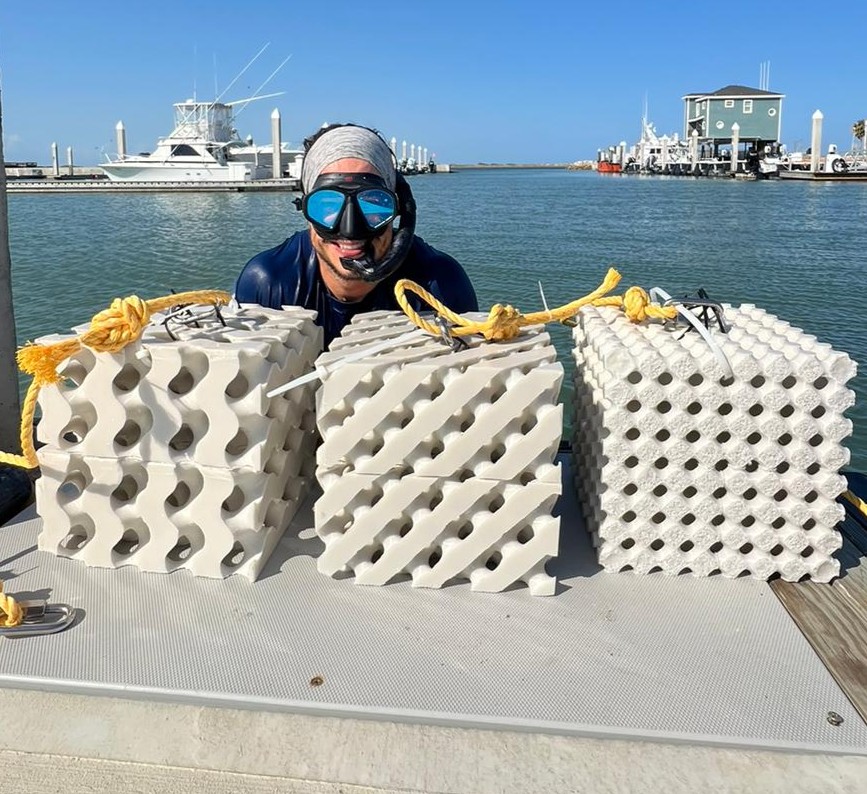
- Details
Dr. Yunlan "Emma" Zhang, a faculty affiliate of TMI with an appointment in Civil, Architectural and Environmental Engineering, and her team - in collaboration with Dr. Xiao Yu from the University of Florida - are one of the 10 finalists for the Gulf Futures Challenge. Out of 164 applications, they were one of the top teams for the Challenge, which offers $50 million to support and fund "impactful ideas that aim to support a safer, more resilient, and sustainable future for the U.S. Gulf Coast Region."
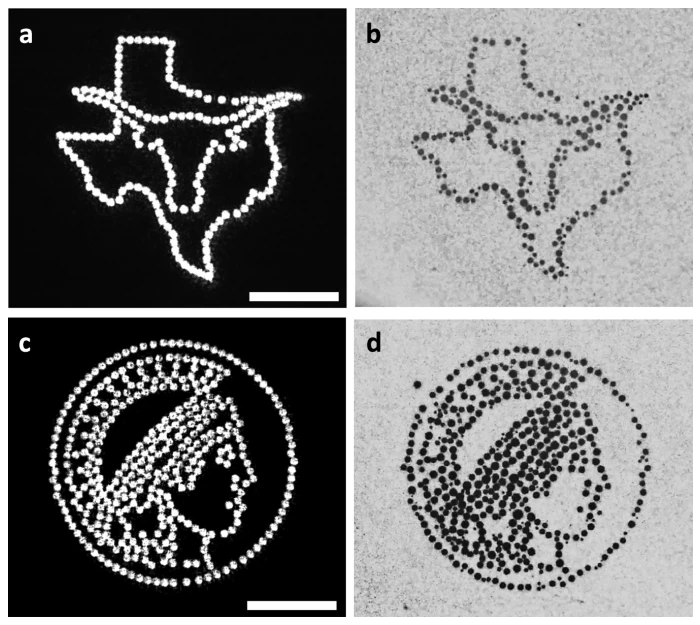
- Details
Materials Science & Engineering (MS&E) alum Hyungmok Joh, MS&E graduate student Bin Lian, and TMI faculty member Donglei Emma Fan unveiled a breakthrough in microbubbles, which had been a technological challenge up to now.
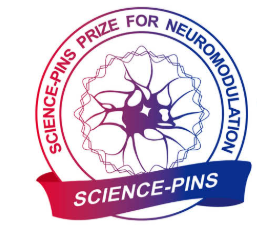
- Details
Dr. Huiliang Wang, an assitant professor in Biomedical Engineering and an affiliate of Texas Materials Institute, was a finalist for the 2025 Science & PINS Prize for Neuromodulation.
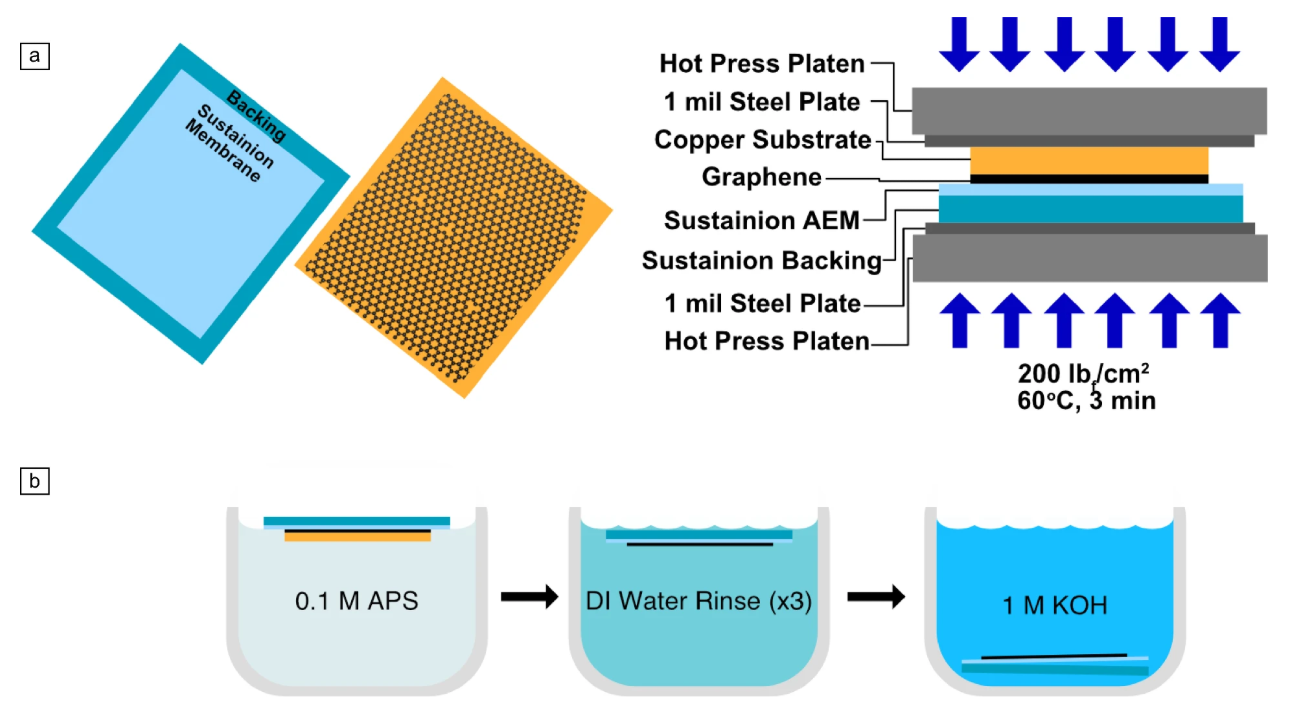
- Details
Materials Science & Engineering graduate students, Shan Kutagulla and Patrick Carmichael, collaborated with other Cockrell School students and faculty to improve clean energy technologies that turn carbon dioxide (CO₂) into useful products.

- Details
High-performance batteries are at the core of modern technology, from electric vehicles to portable electronics. Producing these batteries at scale requires precise control, efficiency, and consistent quality. Researchers at The University of Texas at Austin, leveraging the resources and expertise of the Texas Materials Institute (TMI), are developing innovative solutions to address key challenges in battery manufacturing. Two recent studies, both published in the Journal of The Electrochemical Society, showcase this leadership.
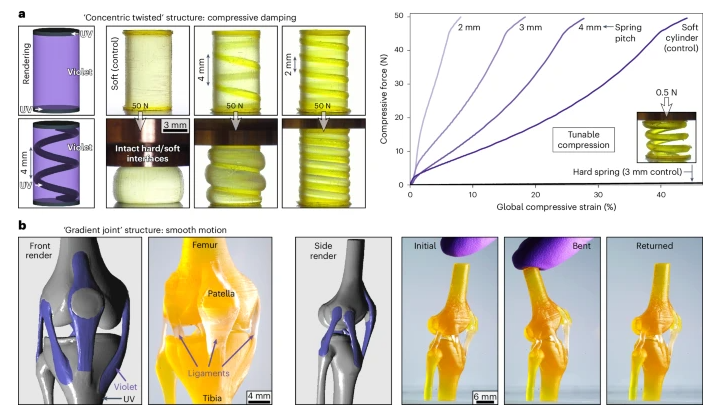
- Details
We are proud to highlight a major research achievement by TMI-affiliated faculty members Dr. Michael Cullinan, Dr. Benny D. Freeman, and Dr. Zacharia A. Page, who, along with other UT Austin researchers, recently published a paper in Nature Materials detailing a novel 3D printing process that enables the creation of multi-material structures with both hard and soft properties in a single object.
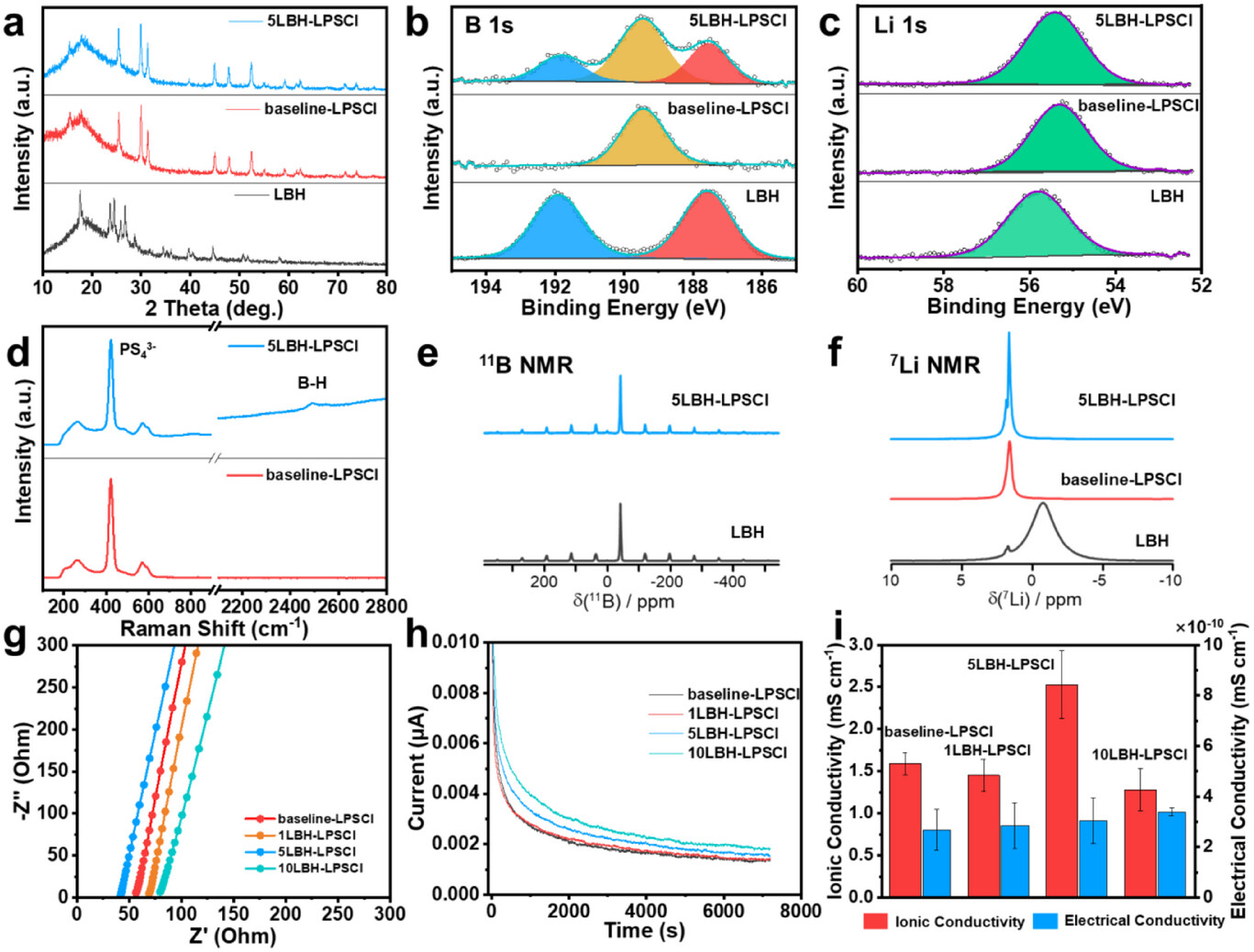
- Details
A newly published article in Advanced Materials was co-authored by several researchers affiliated with the Texas Materials Institute, including Yixian Wang, Vikalp Raj, Rohit Raj, Hugo Celio, Andrei Dolocan, and TMI core faculty member David Mitlin, along with collaborators from across the field.

